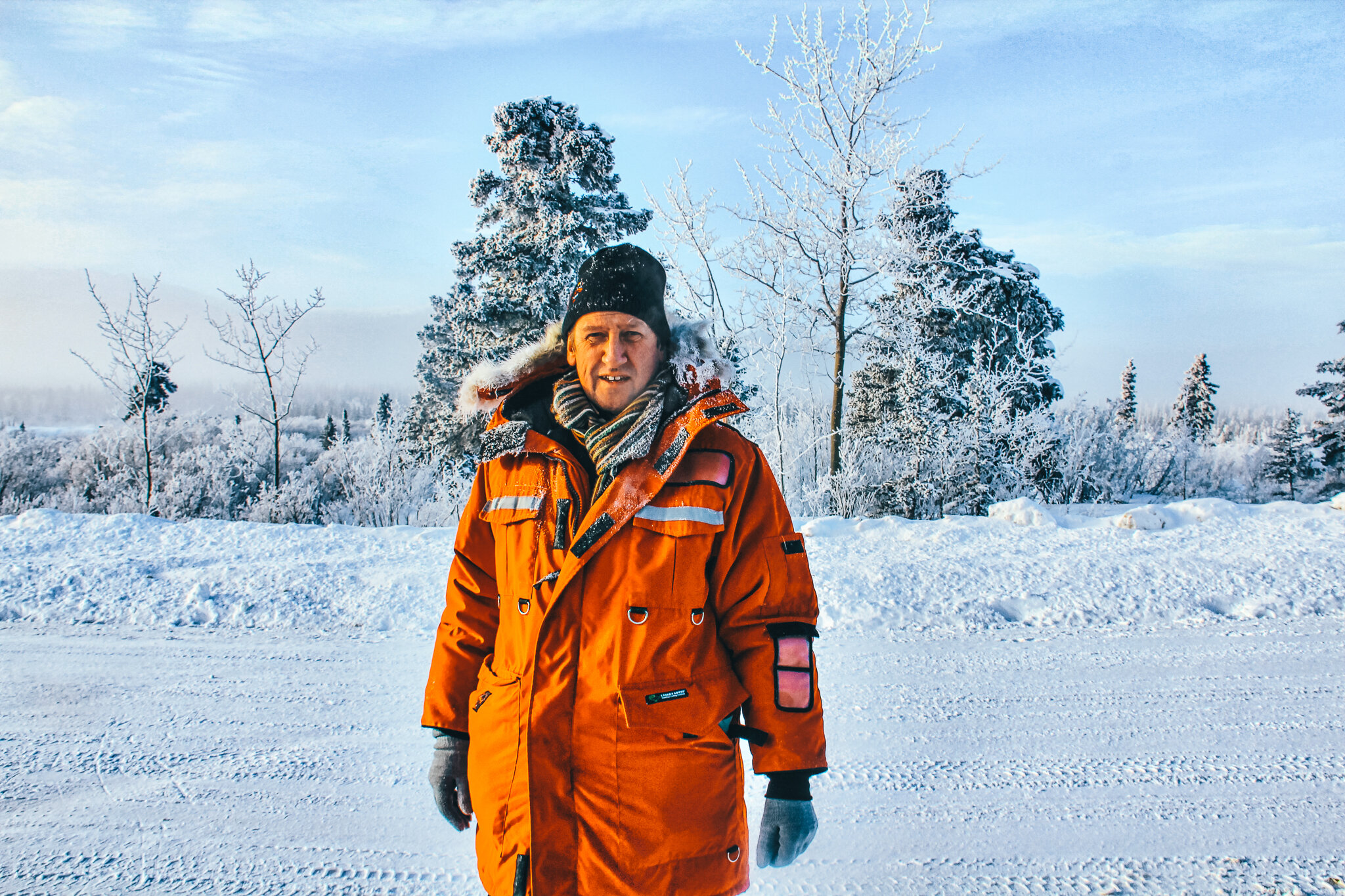Dog-sledding in the Real Snowbound Winters of the Yukon
Hesp in the Far North
Climate change is the accepted term - as a journalist I was told years ago not to use “global warming” - but in recent months I have heard it being adopted once more by the media as the bush fires rage in Australia and the Greenland ice-shelf continues to melt at an alarming rate.
In slightly warm, slightly cold, mostly damp Britain - a land where almost everything is always moderate - climate change seems to mean more rain. 365-days a year of what used to be known as Spring Showers.
So at this midwinter time of the year, a few of us old romantics yearn for the magical snowbound days when the world turned briefly in a winter-wonderland full of all the slip-sliding fun that a “big freeze” could allow.
Sledging was winter-occupation number one for children who grew up in the UK’s mainly warmish damp West Country. In the Exmoor area, that meant a brief 20-second ride down a short sharp hill - which was exhilarating enough, but we kids used to dream of what it would be like to go for a real sledge ride across what used to be called The Frozen North. A sledge-ride like the one we’d read about - one towed by dogs through vast landscapes where the snow lay deeper than a house.
Hesp with his own team of dogs
And then one day I was enjoying such a sledge-ride in Canada’s vast empty north-east quarter where winter is writ very big indeed.
Just being there, in a place where temperatures can dip to minus 50, is an adventure. Looking out of your hotel window at the all-embracing deepfreeze is a thrill. And travelling around in a place that is as big as Western Europe but which only has a population half that of a medium sized British market town is, somehow, breathtaking and astonishing.
The immensity of the empty white-zone doesn’t necessarily mean void and silence. There are people and they do some thrilling things - like, for example, stage an annual 1000-mile long race in which extremely tough men and women take on the elements with the help of a handful of dogs.
The Yukon Quest, held every February, is the longest such race in the world and what it demands of the “mushers” - who drive their dog-sled teams the equivalent of travelling from London to North Africa - is simply beyond imagination.
Yukon Quest start
The racers are allowed just one named helper who can give aid at a few stops along the way, but for the most part the mushers are alone out there in the wilderness that lies between Whitehorse in the Yukon and Fairbanks in Alaska.
Apart from driving the dogs the mushers must look after them by arranging hay bedding at night and taking off the little Day-Glo booties each wears to protect its paws from ice crystals. Indeed, each dog paw has to be massaged and oiled after the rigours of a long stage.
Imagine… it is cold enough to freeze the tears in your eyes; it is dark and snowing and you strike camp; put up your tent… And then you must see to 56 canine feet. You will already have started to boil the dog’s meat-stew on board the sled before you come to a halt - but only after you’ve seen to the bedding, feeding and foot-work can you grab a bite for yourself. This is followed by two hours sleep, and then you’re off in the appalling conditions again. And you will be doing this for nine or ten days!
I attended the Yukon Quest and watched the mushers during their preparations and followed them for half the race - and I can only assume they must be made from a different grade of genetic material.
I know this because I had a go at dog-sledding. An hour’s drive out of Whitehorse in the mountains around beautiful Fish Lake there are several businesses which provide the mushing experience for tourists. I’ve seen it on TV and vaguely thought it might be a bit of fun. But only a bit. It’s never been close to the top of my must-do list. But it is thrilling, exciting and, somehow, just slightly life-changing. There is something ancient and primeval about being towed through a vast white wilderness by a gang of man’s best friends.
Following the leader across the Artic waste
And, believe me, the dogs really do become your best friend out there in the freezer. For a start, you cannot believe how strong they are. First-time visitors are given just four dogs for a day out in the mountains – I weigh 13-stone but my team never ceased running, nor showed any signs of wanting to slow down. The most difficult part is the very start when the team will pull away like a bolting horse unless you put all your weight on the brake. For an hour I stabbed steel teeth into the ice, but it did little to slow the dogs down. That gave me even more respect for the professional mushers who race the Quest with 14 dogs.
Racing team kennels
I loved every minute of my fortnight in the Yukon and will put more articles about my adventures up on the website soon.
Me celebrating with Yukon Quest winner Lance Mackey

























